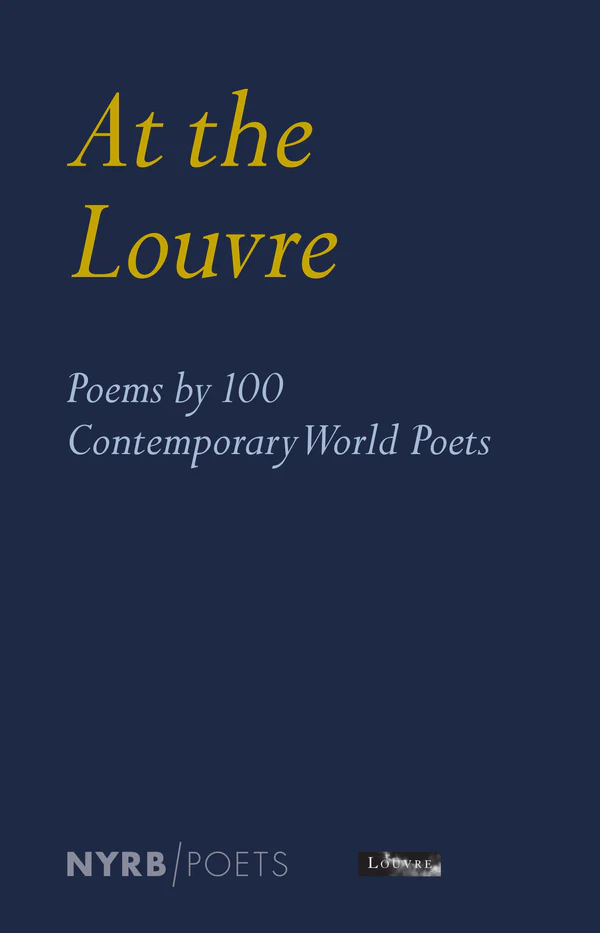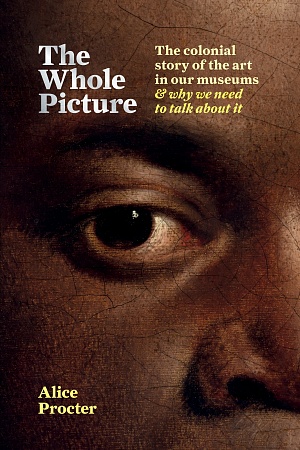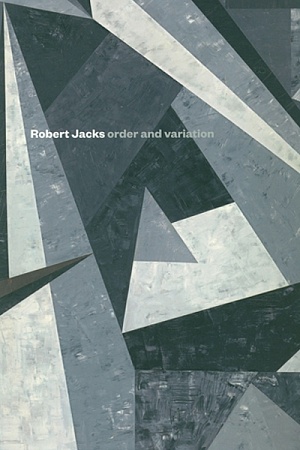Visions Past and Present: Celebrating 40 Years
The Ian Potter Museum of Art, $22 pb, 116 pp, 9780734047670
Visions Past and Present: Celebrating 40 Years by Christopher Menz
Reading this book is like taking a stroll through the exhibition with which it was published to coincide, in the wonderful company of its thirty-one expert, articulate, and enthusiastic authors. Visions Past and Present: Celebrating 40 Years – as both book and exhibition – celebrates the University of Melbourne’s art museum: launched as the University Art Gallery in 1972 and known since 1998 as the Ian Potter Museum of Art, in Swanston Street, Parkville. The exhibition continues until 26 August (free and open to all). The book – a handbook of collection highlights rather than a catalogue – will have a much longer shelf life.
Christopher Menz, during whose acting directorship the book appears (while Chris McAuliffe is away at Harvard as Chair of Australian Studies), tells us in his Introduction that the University’s first fine art acquisition, in 1881, was a portrait of the inaugural Chancellor Sir Redmond Barry. Although the Potter makes purchases of contemporary art when funds permit, the University Art Collection evolved largely as the result of generous donations, single works and entire collections, which reflect the personalities – and the vision – of their former owners. Fifty-two works of art now in the custodianship of the Potter are illustrated, plus one ‘ring in’ from the Baillieu Library (an exquisite fourteenth-century illuminated manuscript); and forty-six of these are selected for a double-page spread with individual commentary. The ‘visions past’ extend as far back as ancient Mesopotamia – the ‘cradle of civilisation’. The most recent work, by Vivienne Shark LeWitt, was painted and purchased in 2008. In between come Greek and Roman antiquities, stained glass, Groote Eylandt and Arnhem Land bark paintings, Pieter Brueghel III, J.M.W. Turner, locals including Buvelot, Streeton, McCubbin, Bunny, Phillips Fox, Margaret Preston, Sidney Nolan, Fred Williams, Destiny Deacon, and more. The authors – graduates, Museum or academic staff, distinguished emeriti and associates of the University – share their expertise in a variety of voices from a range of perspectives. The information about each work is not intended to be exhaustive but, rather, consists of what each writer has found interesting and would like us to know as we enjoy our virtual tour.
Alisa Bunbury tells us about assigned convicts advertised in Sydney as ‘Artists of Superior abilities’. Alison Inglis notes that littering picnickers were a problem at Tasmanian beauty spots in the 1840s: ‘empty champagne bottles which bristled beside the rocks … and greasy sandwich papers lurking amongst the moss’. Henry Skerritt explains that William Strutt’s Bushrangers, Victoria, Australia 1852 is an early colonial subject (robbery and murder on St Kilda Road) remembered and painted in 1887 at the very end of the bushranging era, indeed not long after Sir Redmond Barry had sentenced Ned Kelly to hang; and that it was re-discovered in England by donor Sir Russell Grimwade in the 1950s – just as Nolan was making his mark in London with Kelly. We learn from Angus Trumble that after Keith Murdoch had the vision to initiate an art history department, its first professor, Joseph Burke, donated superb – at the time contemporary – works by Henry Moore and Ian Fairweather. Juliette Peers finds Bernard Hall less sexist than other ‘founding fathers’ of Australian art and in his depiction of suicide ‘a new postmodernist currency’; while Vivien Gaston reveals the ‘perilous exuberance’ of John Perceval’s brushwork. Helen Brack draws on her own life as an artist, as well as her understanding of her husband’s.
As an introduction to or souvenir of the Potter, this attractive book is both accessible and affordable. It is also a reminder of how rich the on-campus university experience remains in a digital world, and not only for those enrolled there.









Leave a comment
If you are an ABR subscriber, you will need to sign in to post a comment.
If you have forgotten your sign in details, or if you receive an error message when trying to submit your comment, please email your comment (and the name of the article to which it relates) to ABR Comments. We will review your comment and, subject to approval, we will post it under your name.
Please note that all comments must be approved by ABR and comply with our Terms & Conditions.